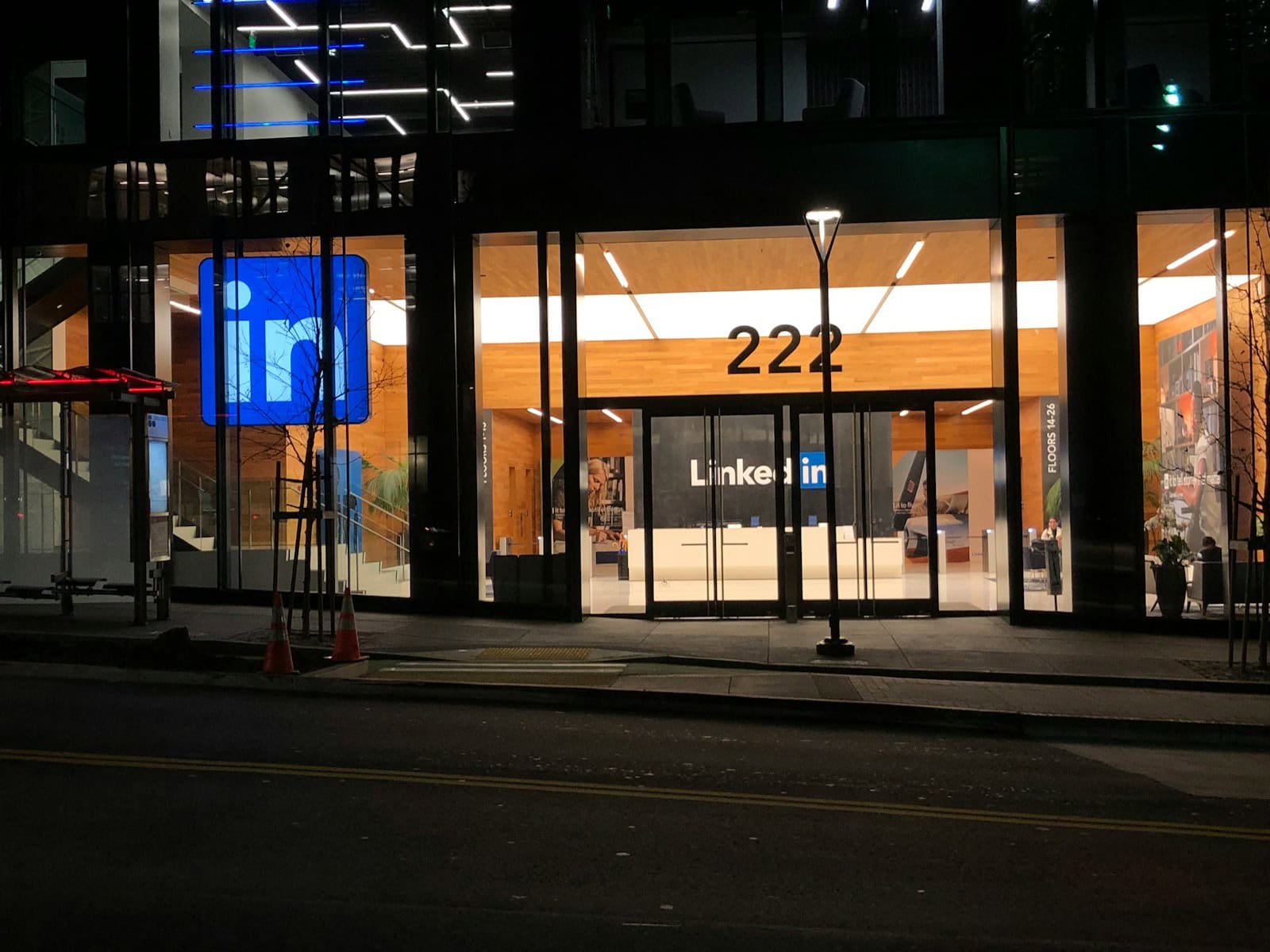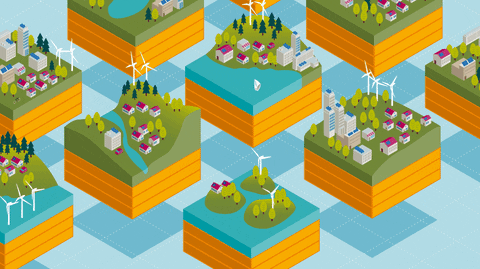Your Guide to Effective LinkedIn Networking
LinkedIn is a leading professional networking platform, where you can network with like-minded professionals, industry leaders, and possible employers. Every connection you make on LinkedIn can result in new opportunities, partnerships, and insights. By interacting with people on this platform, you can broaden your professional horizons and gain access to a multitude of knowledge that can advance your career.
Click here to contact Teracore to help you develop your LinkedIn network >
Key Takeaways
- LinkedIn networking is a powerful tool for professional growth and opportunities.
- A compelling LinkedIn profile should showcase your unique value proposition and tell a compelling story.
- Building a strong network of connections involves reaching out to colleagues, industry professionals, and potential mentors.
- Engaging with content and sharing thought leadership can help establish credibility and attract new connections.
- Leveraging LinkedIn groups can provide access to valuable networking opportunities and industry insights.
Choosing Connections
Quality rather than quantity is the key to LinkedIn networking success. Every relationship you create should have purpose, and be related to your professional objectives. When you network intentionally, you build a strong professional network that helps you achieve your goals. This entails proactively seeking out people who share your values and interests, whether they be peers, mentors, or industry professionals.
Your profile
Making a great first impression requires creating an engaging LinkedIn profile, which functions as your digital business card. Since a professional photo is frequently the first thing people notice, start here. The appeal of your profile can be greatly increased by using a clear photo, that shows you as confident and approachable.
Next, pay attention to your headline. Consider using this area to emphasize your experience and contributions, rather than just stating your job title. A compelling headline can draw readers in, and entice them to read more about you.
Another important element of your profile is the summary section. This is your chance to share your story, including your goals, accomplishments, and professional path. Express your enthusiasm and the things that motivate you in your work. Be true to yourself and show off your individuality, while keeping a formal demeanor. Use industry-relevant keywords to increase your search engine visibility.
Click here to contact Teracore to help you develop your LinkedIn network >

Reaching out
Proactive participation increases the opportunity for you to develop connections with coworkers, students, and peers in your industry. Carefully select your connections by contacting people who work for organizations you respect, or who have similar interests. Use advanced search when looking for potential candidates.
Once you have decided to reach out, there are several measures you can take to improve the chances of acceptance. Personalize your connection requests by including a brief message outlining your motivation. Spend some time looking through a connections profile before get in touch. By learning about their interests and background you can create individualized messages that appeal to them.
Maintaining Relationships
After you’ve made connections, maintaining these relationships is crucial. Engage with their content on a regular basis by sharing, liking, and commenting on their posts. This promotes a feeling of community in addition to keeping you in their sights.
Don’t be afraid to ask people in your network for coffee, chats, or informational interviews. The strength of your business relationships can be strengthened by these discussions, which may yield insightful information and new contacts.
Posting Content
Share articles, observations, or personal tales that are relevant to your career path. By posting insightful content, you establish yourself as an informed individual, who follows the latest developments and debates in your industry. This encourages people to interact with you, and draws attention from your connections.
Produce unique content that highlights your area of expertise. Write posts or articles discussing typical issues in your field, or offer insights from your own experiences. Your content can generate discussions and draw in followers who value your perspective. Maintaining this level of involvement will help you become more reputable and recognized as an authority in your field.
Click here to contact Teracore to help you develop your LinkedIn network >
Groups
LinkedIn Groups present a special chance to network with people outside of your immediate circle. By joining groups pertaining to your field or hobbies, you can interact with professionals who have similar interests and reach a wider audience By taking part in the conversations in these groups, you can share your expertise and gain insight from the experiences of others. When participating in groups, take the initiative to offer insightful commentary rather than just advertising your brand or services. Respond to inquiries, exchange resources, and offer comments on other people’s posts. In addition to increasing your visibility, this strategy establishes you as an involved community member. In the long run, these exchanges may result in deep bonds that go beyond the group.

Celebrating Successes
You strengthen relationships you’ve established by showing genuine interest in your connection’s career path. Sending a congrats message, or leaving a comment on their posts, is a great way to honor significant events in careers, such as a new job position or an anniversary. These modest actions have a big impact on preserving connections and keeping the channels of communication open.
Remember that networking is about creating relationships that benefit both parties and promote growth, not just about what others can do for you.
Click here to contact Teracore to help you develop your LinkedIn network >
Measuring Progress
In order to fully comprehend the efficacy of your LinkedIn networking efforts, it’s crutial to measure and monitor your progress over time. Establish clear objectives for your networking goals first, such as expanding your network, landing informational interviews, or improving post engagement.
Setting specific goals will enable you to assess whether your efforts are producing the intended effects. Track engagement metrics on your posts and profile views by using LinkedIn’s analytics tools. Observe the kinds of content that your audience responds to the most, then modify your approach accordingly.
Record any new contacts you make, and any opportunities that come up as a result of them, like joint ventures or job offers. You can improve your strategy and keep establishing a solid network that backs your career goals by routinely evaluating your progress.
You set yourself up for success in the cutthroat job market of today by becoming proficient in these facets of LinkedIn networking. Keep in mind that successful networking is a continuous process that calls for commitment, sincerity, and a readiness to interact with people in a meaningful way. When you put these tactics into practice, LinkedIn can be a very useful tool for developing your career and broadening your professional horizons.
If you are interested in learning more about the technology behind networking platforms like LinkedIn, you may want to check out this article on what a tech stack is.
Or, learn about the importance of security measures in networking and online platforms in this article on multi-factor authentication with LastPass.
Click to contact us for help with your LinkedIn Marketing >
FAQs
What is LinkedIn Networking?
LinkedIn networking refers to the act of connecting and building professional relationships with other professionals on the LinkedIn platform. It involves reaching out to individuals in your industry, sharing insights and knowledge, and potentially collaborating on business opportunities.
Why is LinkedIn Networking important?
LinkedIn networking is important because it allows professionals to expand their professional network, stay updated on industry trends, and discover new career opportunities. It also provides a platform for individuals to showcase their skills and expertise to a wider audience.
How can I effectively network on LinkedIn?
To effectively network on LinkedIn, it is important to regularly engage with your connections by sharing relevant content, participating in industry discussions, and reaching out to individuals with personalized messages. It is also important to maintain a professional and respectful demeanor when interacting with others on the platform.
What are the benefits of LinkedIn networking?
The benefits of LinkedIn networking include access to a wider professional network, opportunities for career advancement, the ability to showcase your expertise and skills, and the potential for collaboration on business ventures. It also provides a platform for staying updated on industry news and trends.
How can I grow my LinkedIn network?
To grow your LinkedIn network, you can start by connecting with colleagues, classmates, and professionals you have worked with in the past. You can also join LinkedIn groups related to your industry and participate in discussions to connect with like-minded individuals. Additionally, attending industry events and conferences can provide opportunities to connect with professionals you meet in person and add them to your LinkedIn network.



